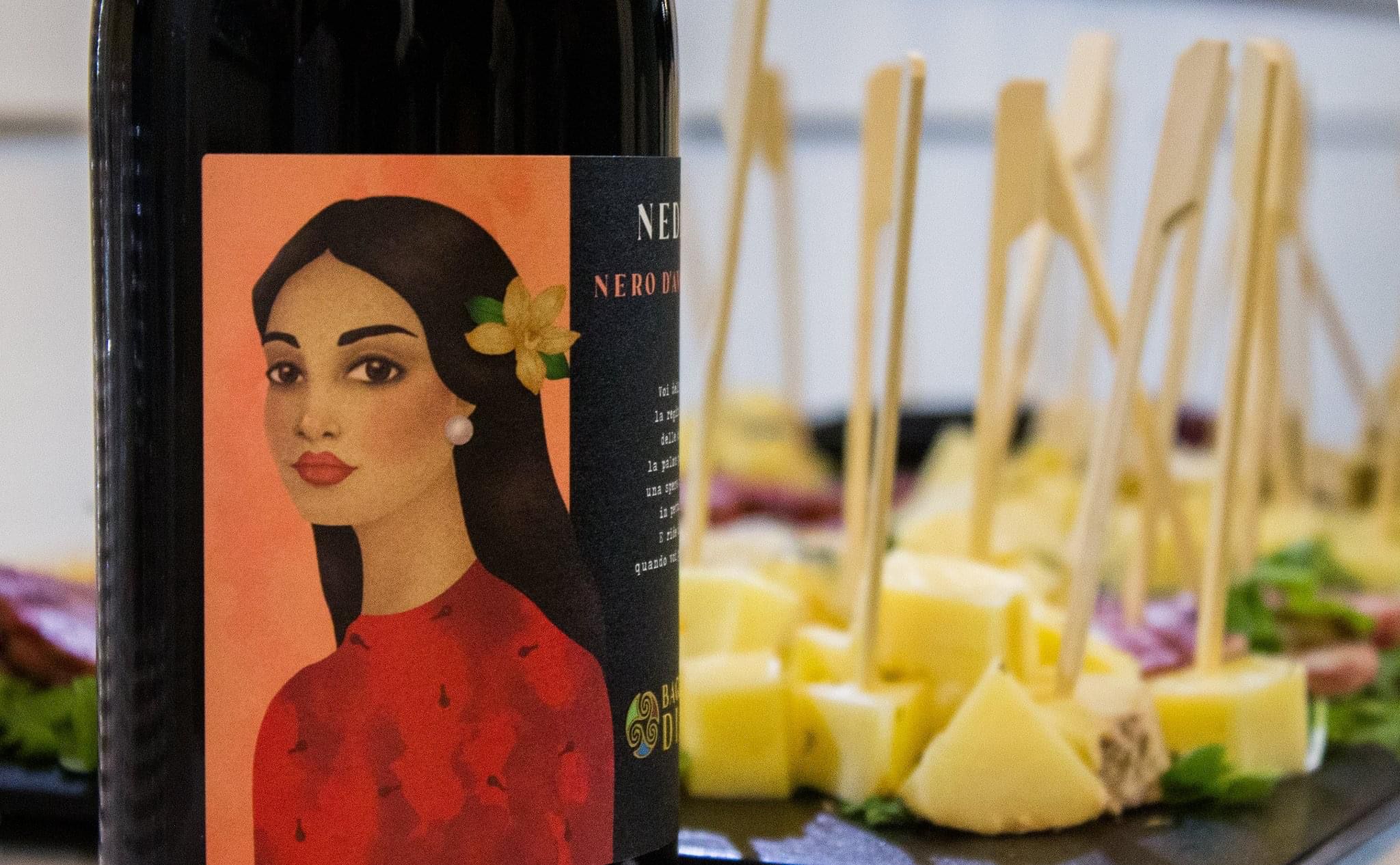
Wine pairing is a subject that has always involved many questions and different points of view. Some people always pair the wine on the same way, others consider this subject too complex to bother and someone else believes instead that there is nothing to say about wine pairing because it is a fake issue.
Therefore there is confusion about this subject, probably because many people talk about it without having the required knowledge raising more doubts than truths. We are going to suggest six tips to try to make this issue clearer:
• What to pair: The first thing to choose is if we prefer to pair wine with food or vice versa.
• Dominant flavour: Starting from a recipe to find the right wine, like in the majority of the cases, we have to find, among the ingredients of the recipe, the dominant flavour. It can not be so obvious at the beginning but it will become normal after some exercise. For example, if we are going to eat Indian food, we may expect a spicy and hot taste; if we have a beef steak, we know that the food will be salty or if we choose pasta with pesto, we may consider the typical aromaticity of this famous plant.
• Contrast or similitude: Given the dominant flavour on a plate, it has to be chosen if pair the wine by congruent or complementary way. If we consider the pork cheek and to grill it in the pan, we may think about two options. Pork cheek in the pan becomes crunchy with an evident smoky taste that can be paired congruently with a white wine aged in oak barrels to find into it the same aftertaste. Or, another option would be to value that pork cheek is fatty meat and leaves on the palate a persistent oily feeling. Therefore, a light white wine with high acidity and hints of lemon would be good to refresh the mouth after a salty and fatty bite.
• Service temperature: The wine should be served at the right temperature. Any bottle should be valued singularly but, generally speaking, white wine can be served between 6 °C and 8 °C while a red one from 14 °C to 18 °C.
• How to taste: It is better to eat and then drink or vice versa? In truth a good wine pairing should generate positive effects both on the wine and in the food. To taste properly, once got to the dining table, forget the theories that had led you to your choice and just let express your senses.
• Wine pairing result: A wine pairing can be defined as a good one when food and wine don’t cover each other and both of them remain appreciable in the aftertaste.
Given the general advice above, it is fair to say that each palate reacts differently according to the behaviours of every single person. Therefore a wine may be tannic or a food particularly salty for someone but not for anyone. It is essential to judge the wine pairing honestly without being influenced if it comes from a professional study. The ideal wine pairing has specific reasons that should be explained by a professional but, on the other hand, it is lawful to try and go wrong because a stroke of genius, often, is a matter of instinct that is not related to any theory.
